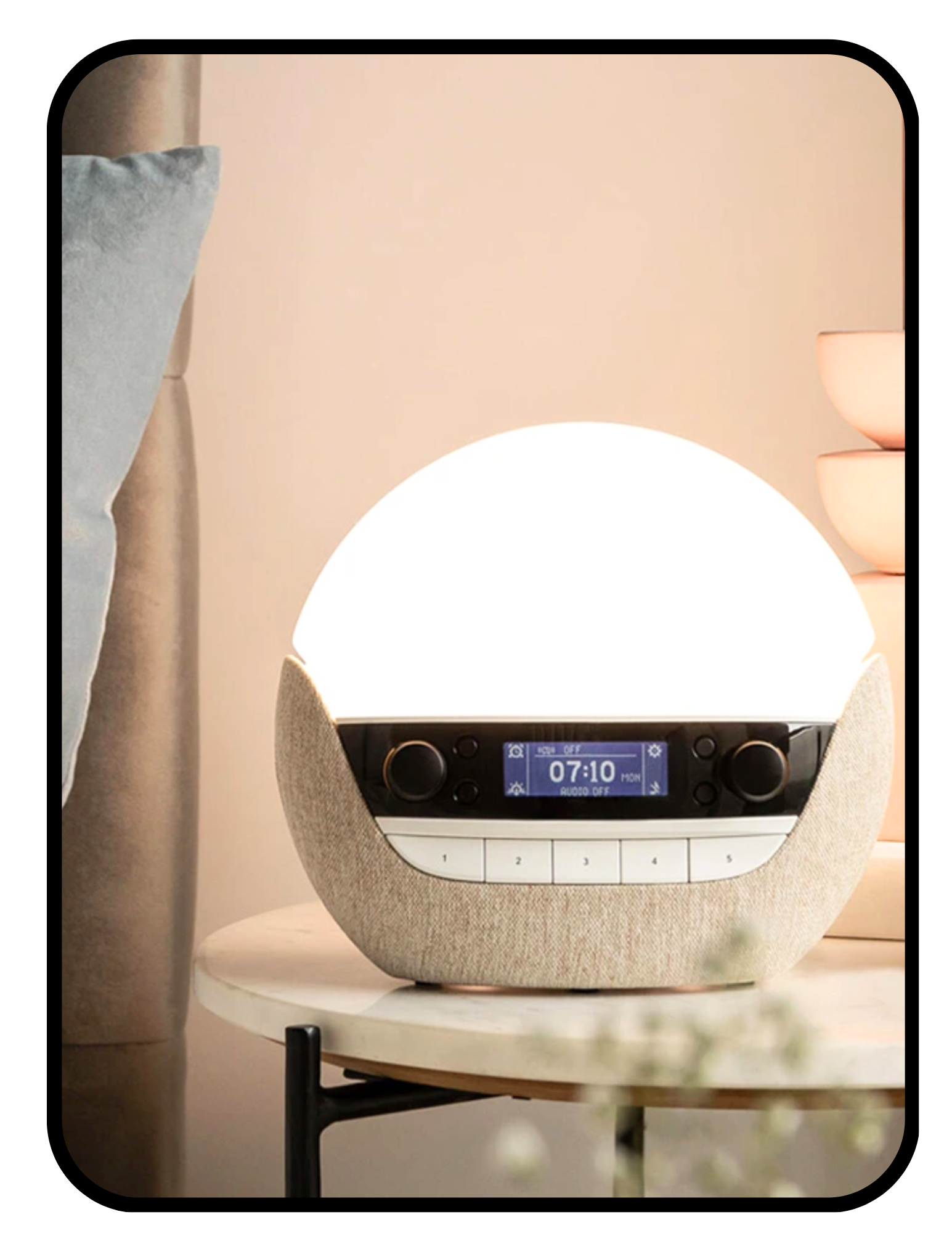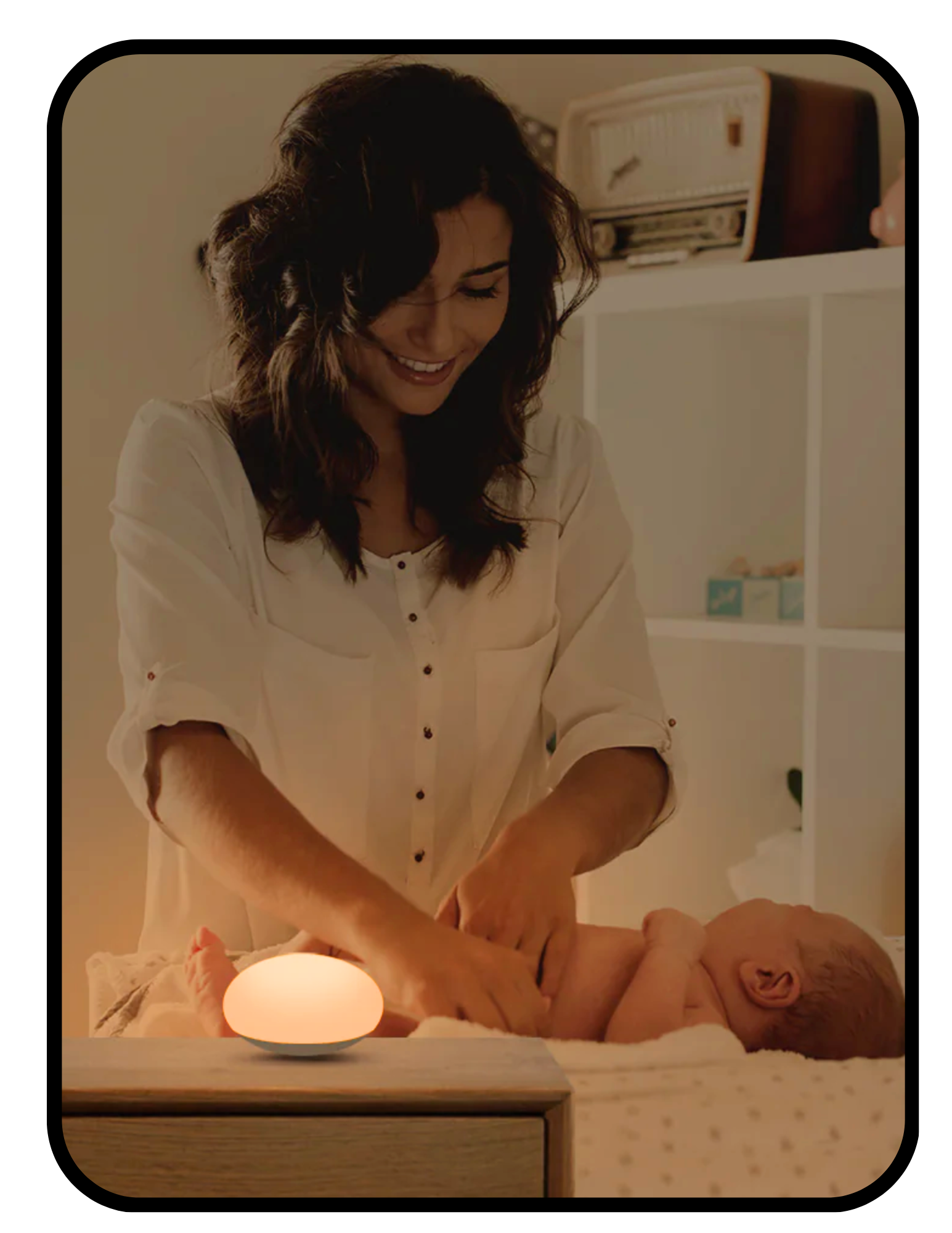Shop by Room Whole Home About ➜ Learn ➜ Circadian Lighting
Human-Centric Lighting
Click bolded statements for links to research.
What is the circadian rhythm?
Your circadian rhythm evolved with the sun and the moon, syncing your body’s cycle to nature’s. You even have clock genes that tell your cells what time it is. This is so that your cells know what to do depending on the time of day. For example, during the night hours, DNA repairs are made, so you don’t get cancer. Your circadian rhythm also controls your blood pressure, bowel movements, heart rate, and hormones. Your hormones, in turn, control nearly every process in your body.
What controls the body’s circadian rhythm?
The number one controller of your circadian rhythm is sunlight. Theoretically, you wake up in the morning, get a big dose of bright sunlight, and your circadian rhythm is set for the day. Then, the lack of sunlight at night means every cell in your body knows it’s time to do its night tasks.
This obviously got a little more complicated when humans made the leap to electric lighting after a few million years of evolution. And, in the hundred or so years since, we’ve added brighter, bluer lights, all over our homes. It’s not just your cell phone or computer! It’s TV screens and LED lightbulbs, too.
What is circadian lighting?
If you’ve been on an overnight flight recently, or to the Cleveland Clinic, you’ve seen Circadian Lighting in action. Its aim is for indoor lighting to mimic what’s going on in nature — changing from bright, blue light in the morning, to dimmer, redder light in the evening. You may have tried to trick your body into thinking it lives somewhere sunny in the winter by using a happy lamp in the mornings — which is taking advantage of the same concept.
What does blue light do for the body?
Exposure to bright, blue light in the morning improves sleep, mood, and alertness. But in the evening, bright, blue light is related to insomnia and an increased risk of breast and prostate cancer. In some ways, sleep, sun, darkness, and light are the foundations of your health.
How can I implement circadian lighting at home?
In the morning, open your blinds or curtains for natural sunlight. Or, you can use LED bulbs up to 5,000K (a blue-ish color, about the same as morning sun). In the afternoon, opt for LED or incandescent bulbs around 3,000K, a warmer, more orange light. At night, traditional incandescent bulbs around 2,700K or lower are best. Aim for a low wattage, too. In your bedroom, cover any small blinking lights for near-total darkness. Consider black-out blinds or an eye mask, as well.





